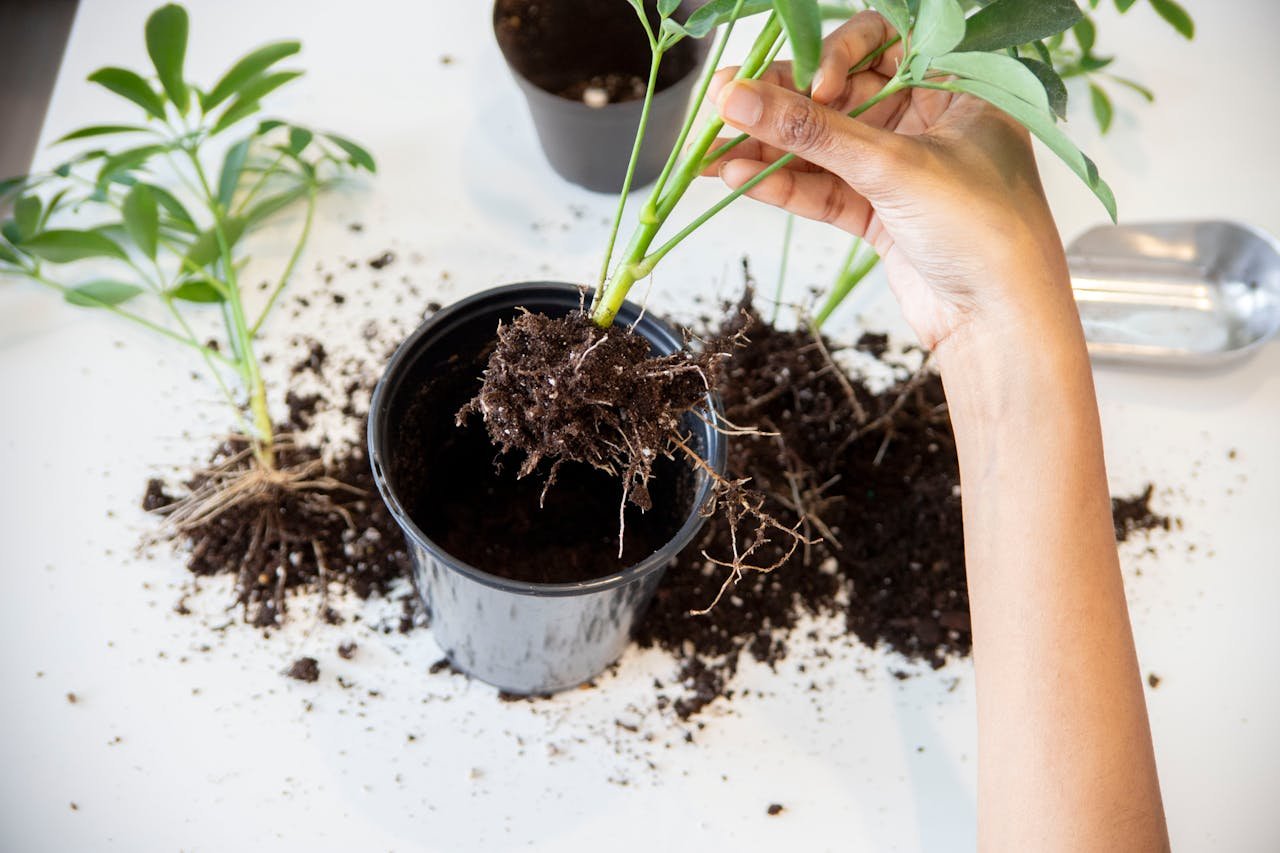
How to Identify and Treat Common Plant Diseases

Have you ever noticed strange spots on your plant’s leaves or found that your favorite flower is suddenly wilting? These could be signs that your plants are sick. Just like people, plants can catch diseases, and knowing how to spot them early can save your garden. But how can you tell if your plant is really sick or just a little thirsty? And once you know, what can you do to help?
In this article, you will learn how to identify the most common plant diseases and the best ways to treat them using simple, effective methods. Keep reading, because understanding these problems will help you protect your plants and keep your garden healthy all year round.
Why Do Plants Get Sick?
Plants can get diseases for many reasons. Sometimes it’s because of bugs that carry germs, sometimes the weather is too wet or too dry, or the soil might not have the right nutrients. When plants are weak or stressed, they become easier targets for diseases.
The good news is most common plant diseases show clear signs, and with a little attention, you can catch and treat them early.
Common Plant Diseases You Should Know
1. Powdery Mildew

Powdery mildew looks like a white or gray powdery coating on the leaves, stems, or flowers. It usually appears in warm, dry places with poor air circulation.
How to identify:
- White, powdery spots on leaves
- Leaves may curl, turn yellow, or drop early
How to treat:
- Remove affected leaves to stop spread
- Spray plants with a mixture of water and baking soda (1 tablespoon baking soda per gallon of water)
- Improve air flow by spacing plants properly and pruning crowded areas
2. Leaf Spot Disease
Leaf spots look like small brown or black dots on leaves. They can be caused by fungi or bacteria and often happen in wet, humid weather.
How to identify:
- Circular or irregular spots on leaves
- Spots may have yellow halos around them
- Leaves might fall off early
How to treat:
- Remove and dispose of affected leaves
- Avoid overhead watering to keep leaves dry
- Use neem oil or a copper-based fungicide if spots spread quickly
3. Root Rot

Root rot happens when roots stay too wet for too long, causing them to turn brown and mushy. This stops the plant from taking up water and nutrients, so it wilts and dies.
How to identify:
- Wilting even after watering
- Yellowing leaves
- Roots that are soft and dark instead of firm and white
How to treat:
- Remove the plant from soil and cut off rotten roots
- Repot in fresh, well-draining soil
- Water less often and make sure pots have drainage holes
4. Rust Disease
Rust appears as orange, red, or brown powdery spots, usually on the underside of leaves. It spreads quickly in warm and moist conditions.
How to identify:
- Small, rusty-colored spots under leaves
- Leaves may yellow and drop early
How to treat:
- Remove infected leaves and destroy them
- Avoid watering from above to keep leaves dry
- Apply sulfur-based fungicide if infection is severe
5. Blight
Blight causes large, dark, wet-looking spots on leaves, stems, or fruits. It spreads fast and can kill plants quickly.
How to identify:
- Dark, water-soaked spots
- Rapid browning and death of leaves or stems
How to treat:
- Cut off and dispose of infected parts immediately
- Use fungicides recommended for your plant type
- Practice crop rotation and avoid planting the same species in the same spot year after year
How to Prevent Plant Diseases
Prevention is better than cure. Healthy plants resist diseases much better. Here are simple tips to keep your plants strong:
- Water carefully: Water the soil, not the leaves, to reduce moisture that helps fungi grow.
- Space your plants: Proper spacing improves air circulation.
- Use clean tools: Always clean gardening tools before use to avoid spreading diseases.
- Check plants regularly: Catching problems early makes treatment easier.
- Use good soil: Healthy soil with good drainage helps roots stay strong.
When to Call a Professional
If you’ve tried these treatments and your plants keep getting sick, or if you’re unsure what’s wrong, don’t hesitate to ask for help. Local gardening centers or plant clinics can often identify diseases and suggest treatments specific to your area.
Simple Home Treatments You Can Try
You don’t always need expensive chemicals to treat plant diseases. Here are some natural remedies:
- Baking soda spray: Helps control powdery mildew and some leaf spots.
- Neem oil: A natural insecticide and fungicide good for many fungal diseases.
- Garlic spray: Crush a few garlic cloves and mix with water to spray on plants for fungal protection.
- Milk spray: Dilute milk with water (1 part milk to 2 parts water) to fight powdery mildew.
How to Care After Treatment
After treating your plants, keep an eye on them for new signs of disease. Make sure they get enough sunlight, proper water, and good nutrition. Healthy plants can recover quickly and stay strong against future problems.
Conclusion
Identifying and treating plant diseases might seem hard at first, but with practice, it gets easier. By knowing the signs and using the right methods, you can save your plants and enjoy a thriving garden. Remember, the best way to protect your plants is to keep them healthy from the start.
Try these tips and treatments, and you’ll soon see your garden flourish with green, happy plants.
If you want to see other articles similar to How to Identify and Treat Common Plant Diseases you can visit the category Plant Care.




Leave a Reply